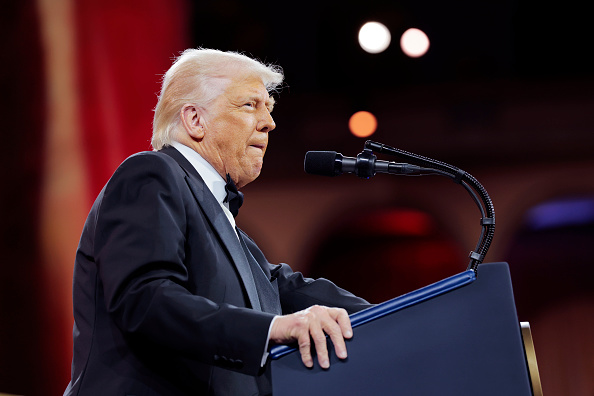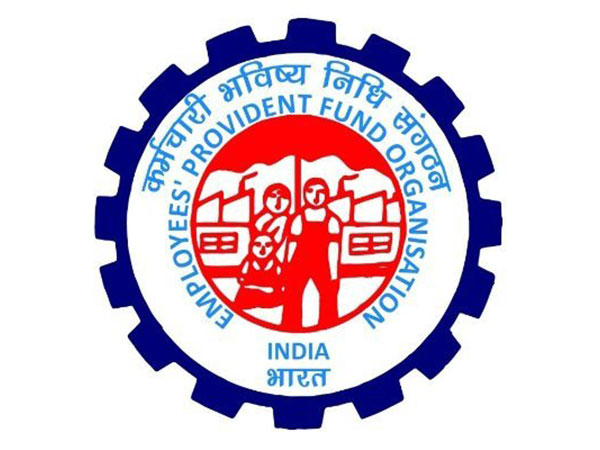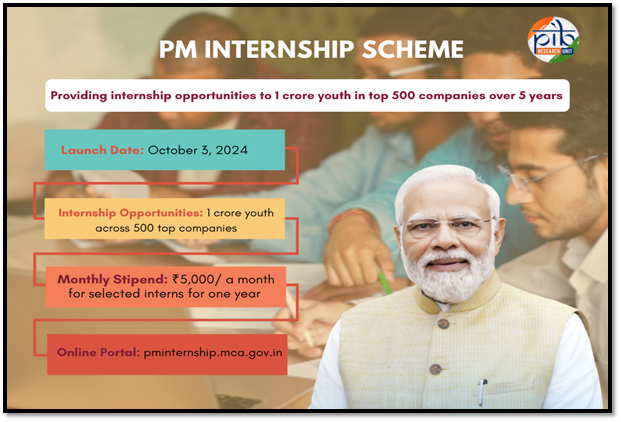President Donald Trump’s latest tariff salvo has ignited a fierce global trade war, slapping a 10% baseline tariff on all U.S. imports, with steeper “reciprocal” duties of 104% on China, 49% on Cambodia, 46% on Vietnam, and 20% on the EU, targeting trade surpluses and alleged unfair practices. Once considered allies, countries like Canada face 25% tariffs, prompting swift retaliation and fears of economic fallout. Trump defends the moves as vital for national security and American jobs where tariffs are a tool for correcting trade imbalances. Hence, it becomes imperative to understand why these tariffs matter so much for the world and how past tariffs imposed by the U.S. have fared.
Why Do the Tariffs Imposed by the U.S. Impact the World So Much?
Tariffs imposed by the U.S. have a significant global impact because of the country’s massive economic influence. The U.S. is the world’s largest economy by nominal GDP, accounting for roughly 20-25% of global output. As a linchpin in the global economic market, when the U.S. imposes tariffs on goods, it ripples through supply chains, markets, and economies worldwide. The U.S. is a huge consumer market. It imports over $3 trillion worth of goods annually, including electronics from China, cars from Japan, and oil from Canada. Tariffs hike the cost of those imports, which can reduce demand for foreign goods.
Countries that rely on exporting to the U.S. are significantly impacted as their sales drop, which can slow their economies. The impact of U.S. tariffs is worsened by the fact that global supply chains are deeply intertwined. For example, in the case of a tariff on steel, U.S. manufacturers might face a higher cost, which then increases prices for everything from cars to construction worldwide. Foreign companies that depend on U.S. markets are impacted in a domino effect. Evidently, in the past, when Trump imposed tariffs on Chinese goods in 2018, it didn’t just hurt China; it disrupted Europe, Japan, and others tied into the same production networks.
Indirect Effects and Historical Context
The impact of the tariff wars is not just direct, but also has several indirect effects. The U.S. dollar’s status as the world’s reserve currency amplifies the impact. Tariffs can shift trade balances, strengthen the dollar, and make it pricier for other countries to pay debts or buy essentials like oil (priced in dollars). Emerging markets, especially, can get hammered if investors pull back from riskier regions amid trade tensions. There’s also a psychological and political angle. U.S. tariffs signal protectionism, spooking markets and prompting retaliation. The history of tariffs imposed by the United States reveals a saga of economic protectionism, global retaliation, and evolving trade relationships
The Smoot-Hawley Tariff Debacle: In the wake of the 1929 stock market crash, the Great Depression gripped the world. In June 1930, President Herbert Hoover signed the Smoot-Hawley Act, initially aimed at protecting U.S. farmers but expanded to impose a 20% tariff on agricultural and industrial goods. Named for Senator Reed Smoot and Representative Willis Hawley, the act triggered swift trade wars. Canada, France, and Spain retaliated, with Canada targeting 16 U.S. products, cutting a third of U.S. exports, according to the National Bureau of Economic Research. By 1933, U.S. exports had crashed 61%, deepening the economic crisis. Hoover lost the 1932 election to Franklin D. Roosevelt, who, in 1934, signed the Reciprocal Trade Agreements Act, securing deals with 19 countries by 1939 to reverse the damage.
The Transatlantic Chicken War: The 1960s saw the U.S. and Europe clash in the “Chicken War.” Post-World War II, America’s poultry boom, spurred by wartime rationing, flooded Europe with cheap chicken, alarming local farmers. In 1962, the European Economic Community (EEC) imposed a 13.43-cent-per-pound tariff (about $1.40 today) on U.S. poultry, slashing U.S. global exports by 30% between 1962 and 1963, per the USDA. President Lyndon B. Johnson retaliated in 1963 with tariffs on European goods, including brandy at $5 per gallon ($51.30 now) and a 25% levy on trucks over $1,000 ($10,267 today). The “chicken tax” on light trucks endures, influencing foreign automakers, especially Japanese, to build U.S. factories.
Reagan’s Japanese Auto Tariffs: In 1987, President Ronald Reagan levied 100% tariffs on $300 million in Japanese imports, notably automobiles, after Japan breached a 1986 semiconductor deal. Japan opted against retaliation, but its economy faltered, a stronger yen and a 1990s recession followed. The U.S. trade deficit with Japan dipped from $55 billion in 1986 to $43 billion by 1991, though it later rose to $72 billion in 2023.
The Banana Split with Europe: The 1993 “Banana Split” arose when the EU favored its ex-colonies with tariffs on Latin American bananas, many grown by U.S. firms. After multiple WTO rulings favored the U.S., retaliatory tariffs hit European goods like French cheese. The 2009 Geneva Banana Agreement and a 2012 deal phased out the dispute, cutting tariffs by 2017.
Bush’s Steel Tariff Gambit: In 2002, President George W. Bush imposed 8-30% tariffs on foreign steel (exempting Mexico and Canada) to aid U.S. producers. Imports from targeted nations fell 28% in 2002 and 37% in 2003, per CEPII, but shifted to exempt countries. Europe threatened $2.2 billion in counter-tariffs, prompting Bush to lift the tariffs in 2003.
Trump’s Tariff Offensive in His First Term: In 2018, President Donald Trump launched tariffs on solar panels, washing machines, and 25% duties on over 800 Chinese products, plus steel and aluminum from Canada, Mexico, and the EU. Retaliation followed as China hit U.S. soybeans and planes, before a 2020 truce. Biden extended some tariffs into 2023, underscoring their lasting impact.
Hence, as Trump’s tariffs reshape global trade, the USA’s echoing history of retaliation and economic disruption throws light on the interconnections between the economic landscape and the delicate balance of power.
(The author is a content researcher at DD India)




















